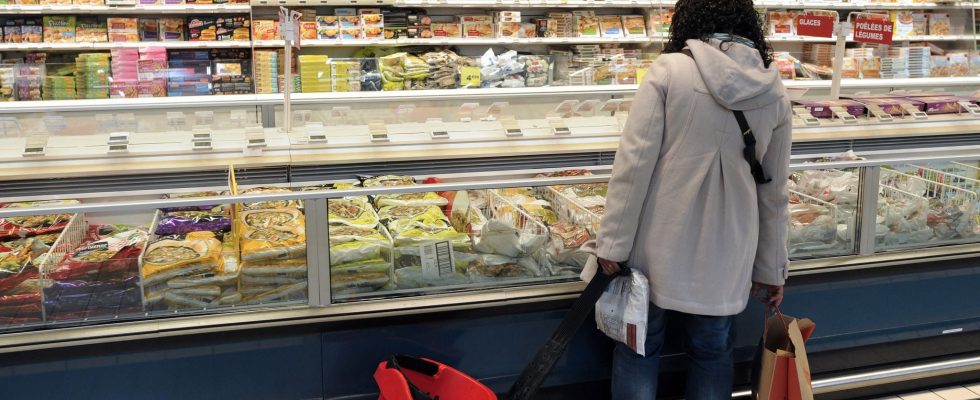Transparency is still far from being effective in the agri-food industry. For more than two thirds of the ingredients (69%) making up processed food products, boxed sandwiches or ravioli for example, manufacturers provide little information on the origin, according to a UFC-Que Choisir survey which calls on Thursday to make an origin indicator compulsory and to include it on the front of food packaging.
“For 69% of the ingredients we examined, opacity reigns over their origin,” denounces the consumer association, which dissected 243 processed foods from major brands: canned foods, ready-made meals, salads, sandwiches, ham, cold meats …
The most affected cereals and vegetables
According to her, 47% of the ingredients “have no origin mentioned” and 22% a “purely generic origin with vague mentions”, such as “EU or non-EU origin”.
According to the association, which focused on the main ingredients representing a significant part of the finished food, “this is for cereals and vegetables, a food category that has never been the subject of a labeling obligation, that the lack of information is the most marked with 84% of ingredients without precise origin mentioned, followed by poultry (64%), pork (38%) and beef (32%).
Brands more transparent than others
The UFC-Que Choisir, which scanned a total of 14 major national and distributor brands, notes that the opacity “is not due, as some manufacturers claim, to an inevitable variability in the origins of ingredients but rather to sourcing policies specific to each brand.
The Marie brand, for example, is able to specify the origin for “more than 8 out of 10 ingredients for prepared dishes” in the sample, while Fleury Michon only does so for less than 20% of the ingredients. Another example: “Bonduelle communicates the precise origin for 7 vegetables out of 10, Cassegrain only does so for almost one vegetable in 10”.
Mandatory rather than voluntary display
The government announced at the end of February that it wanted to create an indicator of origin of food products, which will be named “Origin Info”and for which specifications must be determined by May 1 with a view to experimentation in the summer of 2024. It must be done on a voluntary basis, in order to remain, according to Bercy, within the framework of the European law.
But for UFC-Que Choisir, “the future display will have no effect if it remains voluntary”. She recalls the example of the obligation to label meat ingredients, applied in 2017 but which was abandoned in 2021, which “unfortunately has increased the opacity on beef products which has increased by 25% in 2018 to 32% today.” The association assures that the European regulation on food labeling makes it possible to “make ‘Origin-info’ compulsory” and asks for it to appear on the front of food packaging.
She also calls for displaying the origin of ingredients to also concern out-of-home catering, particularly large chains.
